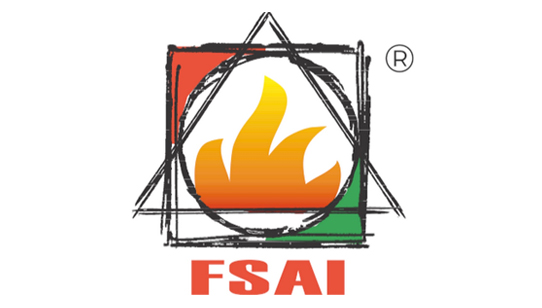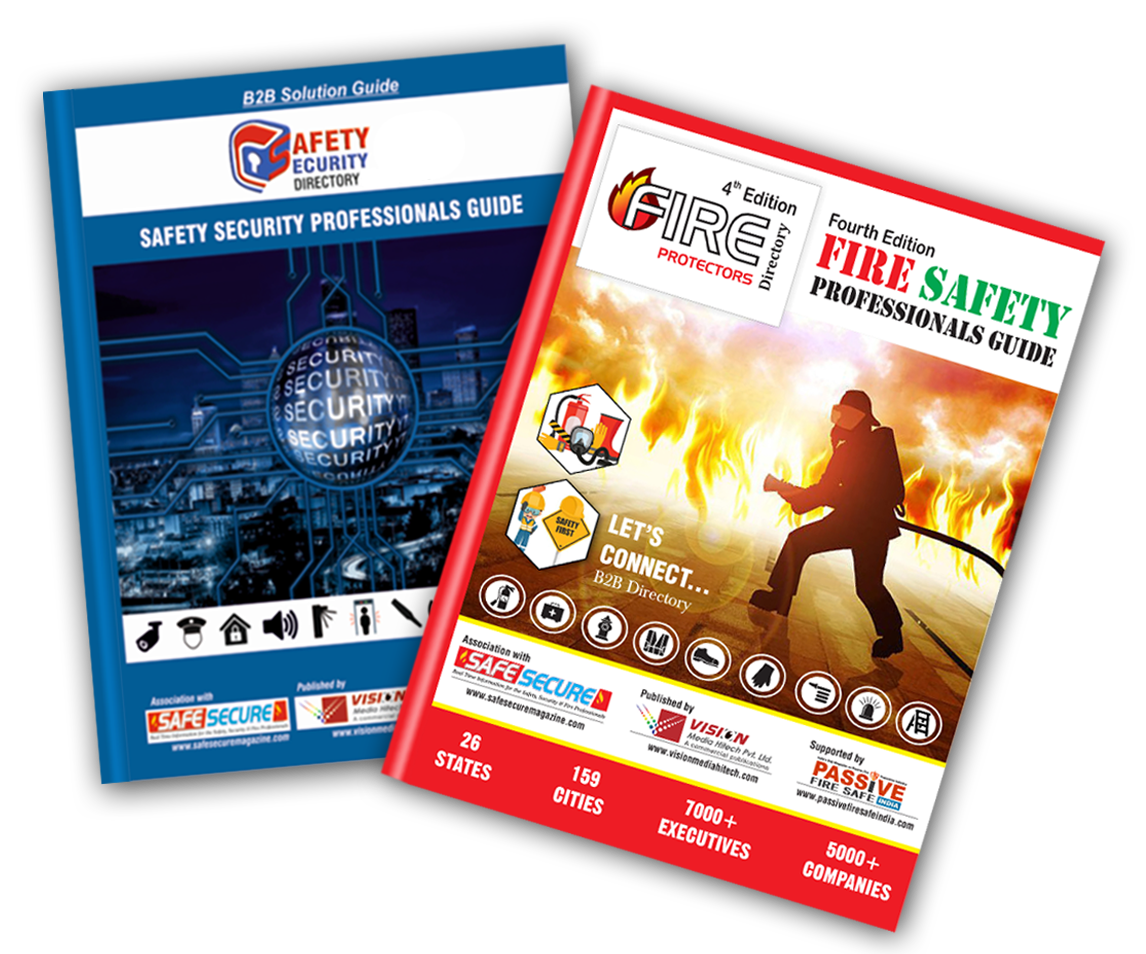Blazing Depths: Understanding and Preventing Vehicle Fires in Underground Mines

Underground mine fire statistics
Mine fires have been a significant safety concern in underground mining operations worldwide, leading to numerous fatalities and injuries. Between 1990 and 2001, over 95 mine fire incidents were reported in the United States alone, with additional occurrences in the United Kingdom, where 23 underground mine fires were recorded between 1992 and 2002. South Africa also reported five mine fire incidents in 2020, while Sweden experiences an average of 75 fire incidents annually.
In Australia, 128 fires were documented in underground hard-rock mines from 2008 to 2012. China has similarly faced challenges with explosions and fires, which remain the leading causes of fatalities in its underground coal mines. Between 1988 and 2005, South African hard-rock mines reported 78 flammable gas explosions, resulting in 89 fatalities and 144 injuries. These statistics highlight the persistent risk of fire in underground mines globally, underscoring the need for enhanced safety measures and prevention strategies.
Main causes of underground mine fire
Spontaneous Combustion
Coal can heat up on its own when it reacts with oxygen, especially in places with poor airflow. If the heat can't escape, it builds up and can make the coal catch fire. This is more common in coal mines that have a lot of sulfur.
Electricity
If electrical equipment in a mine gets damaged, like a short circuit or sparks, it can cause a fire. For example, a broken cable could spark and set off coal dust or methane gas nearby.
Friction
When parts of machines rub together, they can get hot enough to start a fire. A conveyor belt rubbing against something or a machine part overheating can cause sparks that could ignite coal dust or gas.
Blasting
Explosives used for blasting can start fires if not handled properly. If there is too much methane gas or coal dust in the area, it can catch fire when an explosion goes off.
Explosions
If there’s an explosion of methane gas or coal dust, it can create huge amounts of heat and fire. A small explosion could set off a bigger one, causing even more danger.
Miscellaneous
Other things, like smoking, open flames, welding, or storing flammable materials badly, can also cause fires. A discarded cigarette or a spark from welding could start a fire if it hits coal dust or methane gas.
Vehicle fires
Multiple studies and reports strongly suggests that vehicle fires constitute a significant proportion of overall underground mine fire incidents. Some of the factors contributing to vehicle fires are listed below:
Fuel
Leaks in the fuel system, such as damaged fuel lines or tank punctures, can lead to fuel spills or sprays. These spills can create pool fires, while pressurized leaks can create flammable sprays similar to hydraulic fluid leaks, both presenting serious ignition hazards, especially near hot engine parts. The extensive use of diesel in mining equipment, coupled with the confined nature of underground mines, amplifies the risk of rapid fire escalation, making diesel one of the primary fire hazards in mining vehicles.
Fuel leaking from loosely tightened fuel filters
Hydraulic oil
Hydraulic oil is another key fuel source in mining vehicle fires. Hydraulic systems are used extensively in mining equipment for functions such as lifting, steering, and other heavy machinery operations. The hydraulic fluid, often under high pressure, can leak from hoses or pipes, especially when there is damage or a mechanical failure. A ruptured hose or pipe can spray hydraulic fluid onto hot engine components or other surfaces, creating a highly flammable mist. This spray can ignite readily, leading to a rapid and intense fire spread, quickly engulfing the vehicle. Hydraulic oil fires are particularly dangerous due to their fast progression and the difficulty in controlling the spread once ignited.
Hydraulic oil leaking as a result of hose puncture.
Tire fire
The tires on mining vehicles are significant contributors to fire hazards due to their large size and the materials from which they are made. Mining vehicle tires are often constructed with rubber and other materials that are highly combustible. Ignition can occur from external sources, such as sparks from nearby equipment or hot engine components, or through internal heat buildup from prolonged heavy use. In the event of a fire, tires can burn intensely, producing thick, black smoke and creating a highly dangerous fire scenario. The heat from a tire fire can rapidly escalate, making it difficult to control. The large surface area of the tires, combined with the heat they generate, can lead to long-duration fires that require extensive efforts to suppress.
Tire of a mining truck caught fire
Electrical system
Electrical faults, such as short circuits, damaged wiring can generate sparks sufficient to ignite flammable materials. These faults can occur in various parts of the vehicle's electrical system, including wiring harnesses, lighting systems, and battery connections. Electrical cables are often exposed to harsh conditions, including wear and tear from constant movement and friction. These cables, if damaged or short-circuited, can also spark and ignite nearby flammable materials, including fuel, oil, or rubber.
Short circuit in an electrical panel of a mining equipment
Engine Compartment
The engine compartment is a high-risk area for fire ignition due to the presence of numerous hot surfaces, including the engine block, exhaust manifold, and turbocharger. Leaks of flammable fluids (fuel, hydraulic oil, engine oil) in this area can easily ignite upon contact with these hot surfaces. The confined space of the engine compartment can also contribute to rapid fire spread.
Overheated engine area
Interior components of vehicle
The interior of mining vehicles, including seats, dashboards, and other details, often contains a variety of combustible materials. The combination of materials, such as plastics, fabrics, and synthetic materials, in the vehicle interior can contribute to the rapid spread of fire and the generation of toxic smoke, further increasing the risks for operators and responders.
Localized fire damage to operator seat in a mining vehicle cabin
Fire safety measures for mining vehicles
Fire safety measures can be divided into Active and Passive.
Active fire protection systems are designed to detect and extinguish fires in mining vehicles, typically focusing on high-risk areas such as the engine compartment. These systems can be manual or automatic and include traditional fire extinguishers and automated fire suppression systems. Today most of the mining vehicles, due to safety regulations, carry two to three portable fire extinguishers for emergency situations and as a backup to the primary suppression system. Many vehicles are now equipped with automatic fire suppression systems, utilizing linear heat detection cables (LHDC) to detect heat and potential fires in the engine bay. Once a fire is detected, the suppression mechanism is triggered, either manually by the operator or automatically by the detection system. However, these systems have limitations, including potential failure to activate, insufficient suppression agents, or inadequate coverage of all vehicle areas, particularly open sections.
A loader equipped with fire suppression system
Passive fire protection systems aim to prevent ignition, slow fire spread, and contain smoke. This is achieved through fire-resistant materials (fire-retardant foams used in insulation and padding), shielding (fire sleeves on hydraulic hoses), compartmentation (a firewall separating the engine compartment from the passenger cabin), strategic component placement (routing fuel lines and hydraulic lines away from heat sources) and smoke containment (Designing ventilation systems guiding it away from escape routes and critical areas).
Heat sleeves or thermal protection sleeves applied on fuel hoses in engine area
Heat sleeves or thermal protection sleeves applied on hydraulic hoses running near to the exhaust area
Apart from these measures, operator training is a must for fighting vehicle fire in underground. Operators should be knowing how to activate and properly use vehicle-mounted fire suppression systems, areas starved of ventilation, evacuation routes and communication protocols to be utilized in case of fire.





.png)







